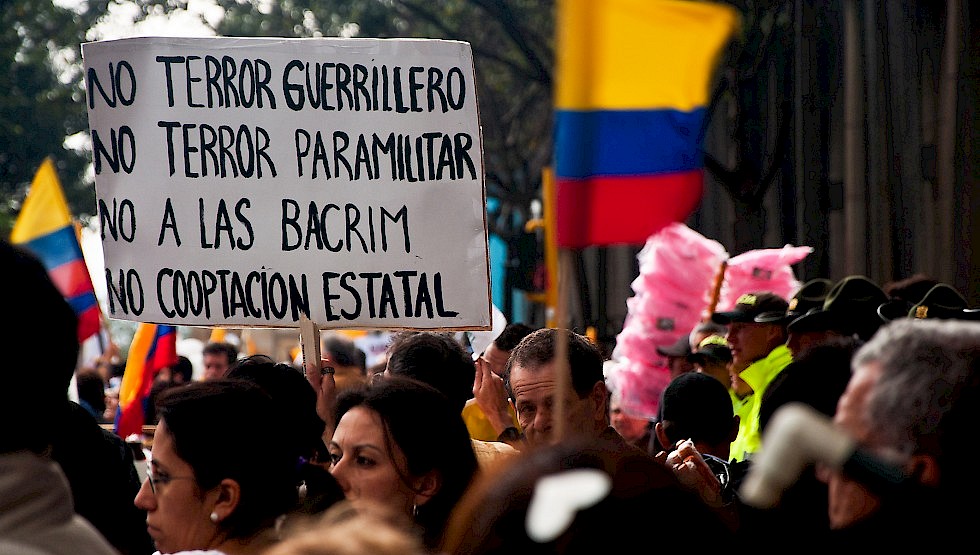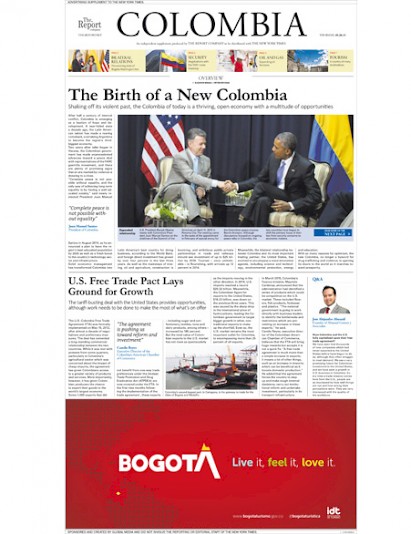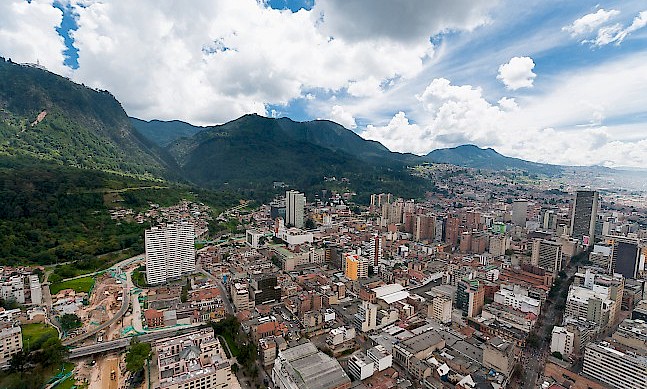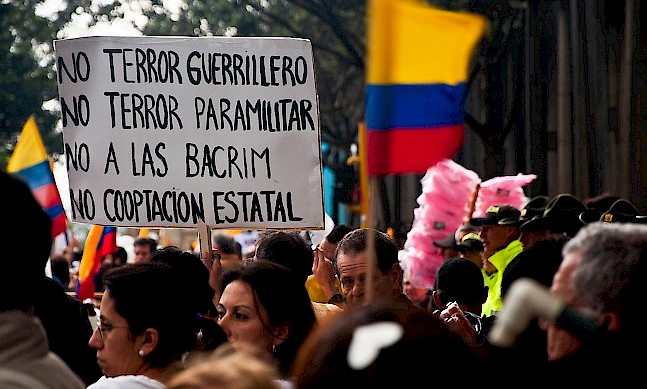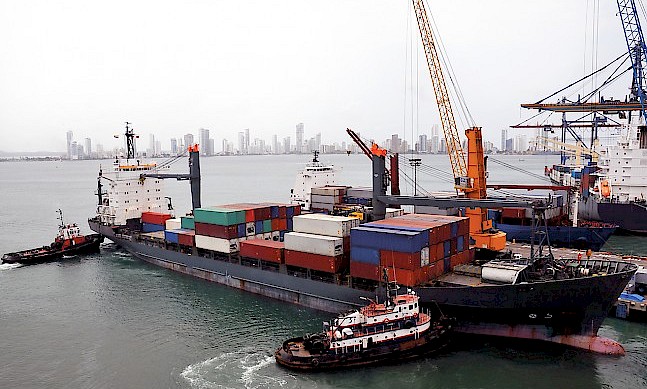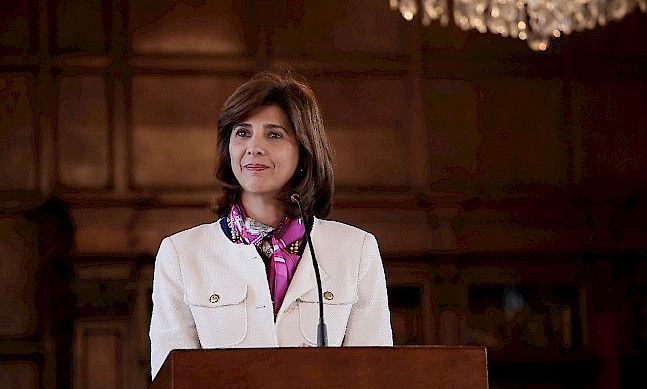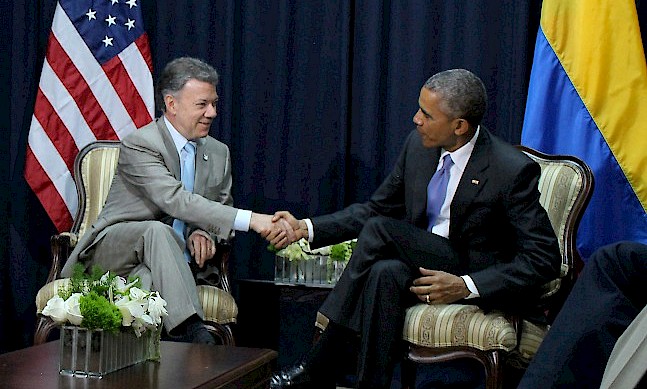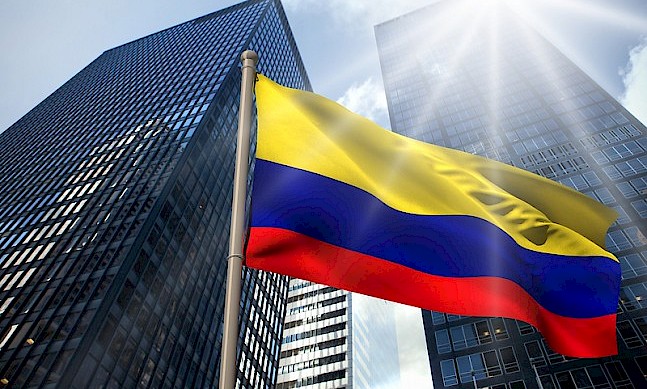Negotiations with the FARC make headway.
After 50 years of violence as a result of the FARC’s battle with the Colombian state, there is at last real hope of a definitive end to a conflict which has left 220,000 dead and had an impact on millions of lives as well as prevented the country from reaching its full economic potential.
The international image of Colombia has been inextricably tied to the violent extremes of its internal struggle and the various criminal and paramilitary ramifications of the war as large areas of the country were given over to coca production. This reality has changed dramatically, particularly in the last 15 years.
The inception of Plan Colombia in 2000, under which U.S. military and counternarcotics assistance began to tip the balance of power firmly back toward Bogota, was followed by major successes in the war against the FARC during the presidency of Alvaro Uribe (2002-2010). However, there was criticism that a purely militarist approach gave cover to associations between paramilitary forces and the Colombian army.
Uribe’s defense minister and successor as president since 2010, Juan Manuel Santos, decided that military supremacy over the FARC should be utilized as a launch pad for a genuine peace process. After more than two years of arduous negotiations in Havana, the Colombian government and representatives of the FARC guerrilla movement have reached agreement on three of the points on the five-pronged peace plan: rural development, the rebels’ future political participation, and drug trafficking. In the third accord, the FARC agreed to end all relations with the narcotics trade, a crucial condition for a stable peacetime environment. Pending are deals on victims’ rights and disarming guerrilla forces.
“For Colombia to have peace we all need
to start on the path toward reconciliation.”
Alan Jara Governor of the Department of Meta
Tweet ThisJuan Fernando Cristo Bustos, minister of the interior, says that with six million people affected by the conflict, Colombia is the “country with the highest number of victims in the world.” Their right to truth, justice and reparations is central to any outcome, but the minister admits it is a strange process in that it is going ahead while people are still experiencing violence: “The process is moving forward without the government lowering its guard.”
Santos was re-elected in 2014, proving that most Colombians share the vision of peace he has offered to them. “This is the Colombia that we have all dreamed of: one without armed politics and one without coca to fund violence,” adds Cristo Bustos.
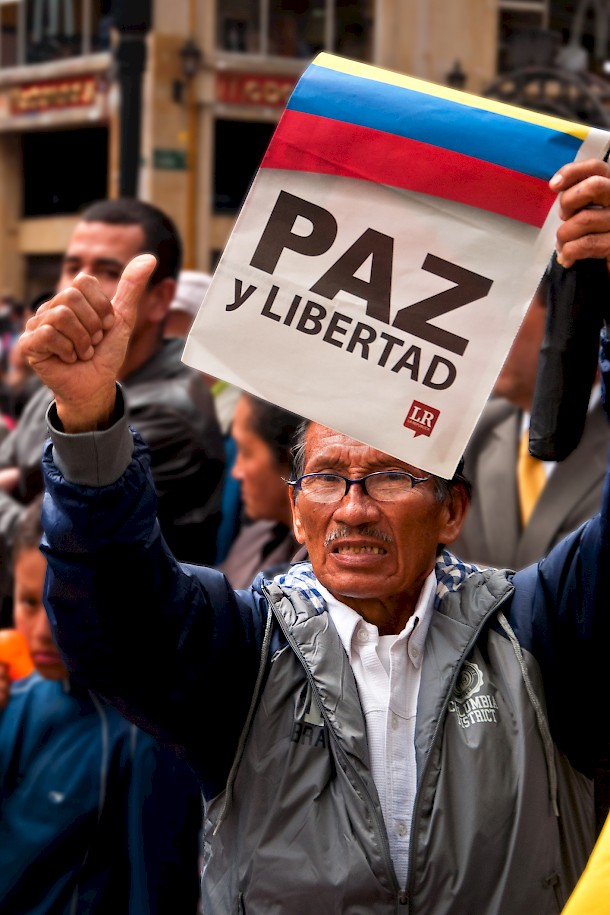 An anti-FARC protestor holds a sign demanding peace and freedom during demonstrations in Bogota. Photo: Jkraft5 | Dreamstime.com
An anti-FARC protestor holds a sign demanding peace and freedom during demonstrations in Bogota. Photo: Jkraft5 | Dreamstime.com
Displaced Populations Show True Scale of Colombia’s Conflict
The need for a definitive peace deal in Colombia was underlined by a recent report by Spain’s Institute for Studies in Conflicts and Humanitarian Action (IECAH), commissioned by the United Nations. In the two-year period corresponding to the negotiation process, the report showed that 348,000 Colombians had been forced to leave their homes, half of them obliged to do so by the activities of the FARC and ELN, a smaller rebel insurgency. This compares with a figure of 450,000 people displaced during the 2010-2012 period.
Timeline to peace
August 2012
Exploratory talks begin with FARC, and President Santos says the ELN armed group has also indicated a readiness to talk.
November 2012
Peace talks begin in Havana, Cuba. A two-month ceasefire is declared.
July 2013
FARC chief negotiator Ivan Marquez says the armed conflict is nearing an end.
June 2014
President Santos is re-elected for a second term.
December 2014
FARC declares unilateral ceasefire.
April 2015
The 35th round of government-FARC talks begins in Havana.


